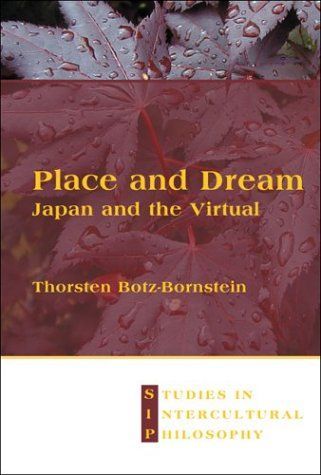
Place and Dream Japan and the Virtual
This is a book about space. On a first level, it reflects traditional Japanese ideas of space against various “items” of Western culture. Among these items are Bakhtin's “dialogicity”, Wittgenstein's Lebensform, and “virtual space” or “globalized” space as representatives of the latest development of an “alienated”, modern spatial experience. Some of the Western concepts of space appear as negative counter examples to “basho-like”, Japanese places; others turn out to be compatible with the Japanese idea of space.On a second level, the book attempts to synthesize, by constantly transgressing the limits of a purely comparative activity, a quantity which the author believes to be existent in Japanese culture that is called “the virtual”. Be it Kuki Shûzô's hermeneutics of non-foundation or his ontology of dream, Nishida Kitarô's virtual definition of the body of state, or Kimura Bin's notion of “in-between” (aida) that is so closely associated with the “virtual space” of Noh plays: what all these conceptions have in common is that they aim to transcend a flat notion of “reality” by developing “the virtual” as a complex ontological unity.